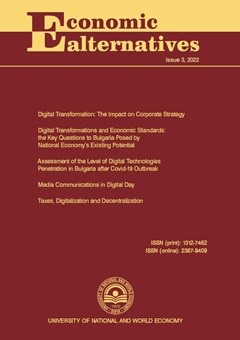Digital Marketing in Retail Banking – Client Attitudes Analysis
Authors: Lulzim Rashiti, Xhevat Sopi
Abstract
The process of digitalization in the banking sector aims at providing faster, better, and more efficient service to its customers and to set an easier communication and interactive relationship between the bank and the client. From the marketing point of view, the digitalization of the banking sector has a long-term goal of raising the quality of banking services, which ultimately leads to an increase in consumer satisfaction. This article aims to determine the attitudes of bank clients about digitalization and the use of certain means of communication that are a product of this process (i.e. social networks) as well as the will to accept digital communication channels with the bank. For this purpose, a survey was conducted in the Republic of Serbia with 678 bank clients. Statistical methods such as ANOVA, Tukey Test, Chi Square test, and Pearson Correlation were used to test the hypotheses. The results showed that there is a statistically significant relationship between the use of digital tools and age, respectively the level of education. There are also statistically significant differences both between different age groups and between different levels of education. These two factors also show correlations in terms of the purposes of using digital tools. Another important result of this research is that bank clients do not value too much the cost-benefit by suggesting that time is valued. The overall assessment of the information that banks provide through their websites is positive (59%) but the rest did not respond (24%) or did not express an opinion (11%) or even expressed negatively (6%) which is a signal to banks that they need to review and adopt advanced digital marketing strategies.

